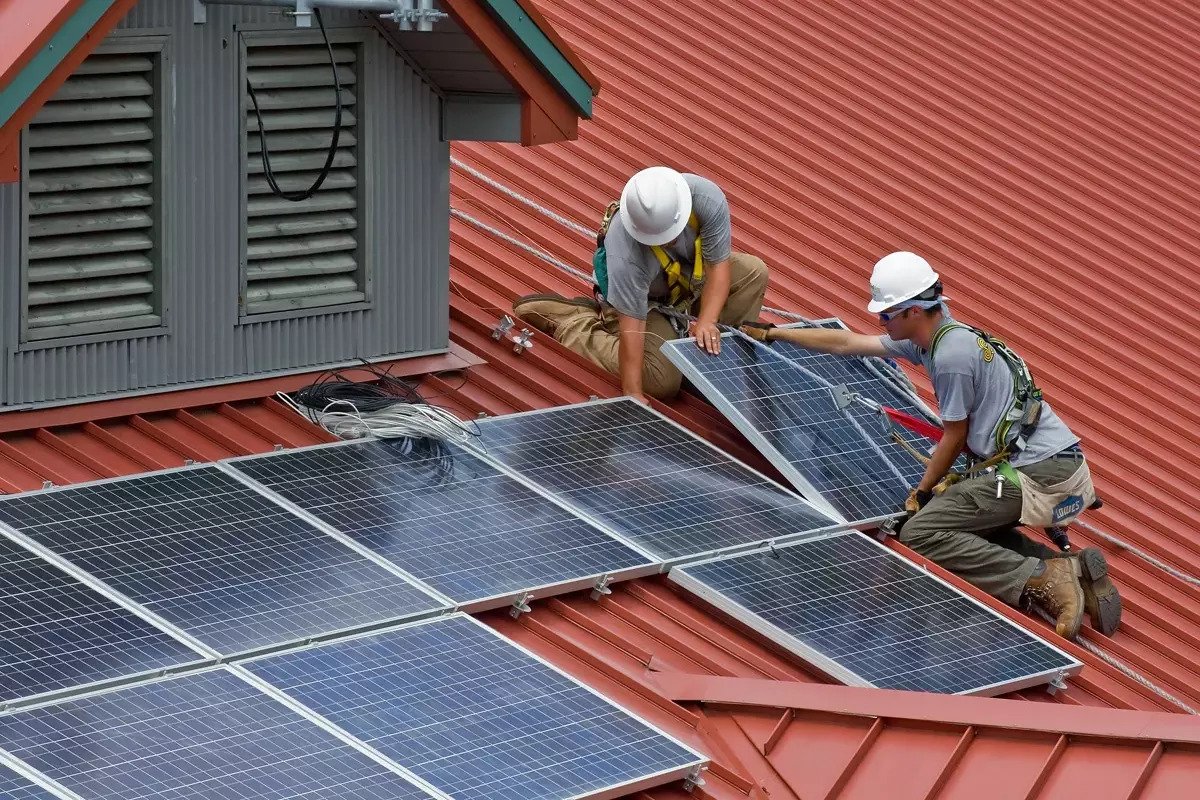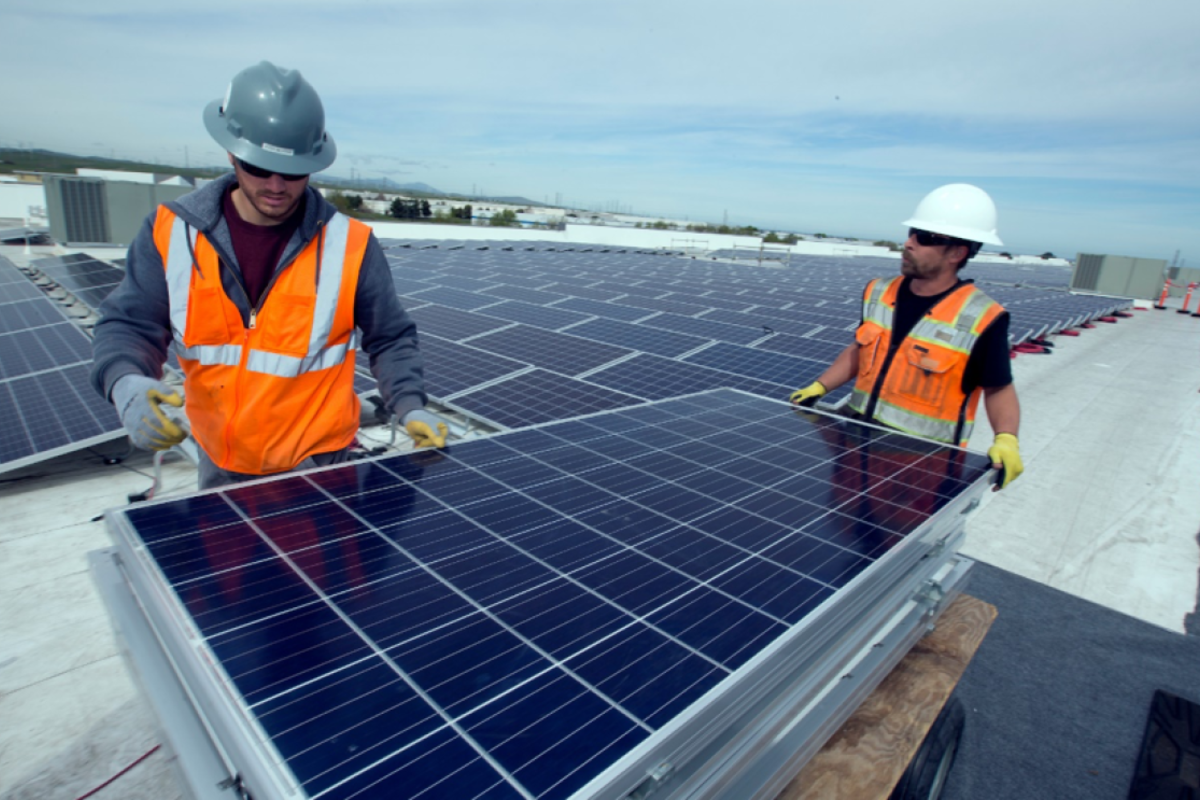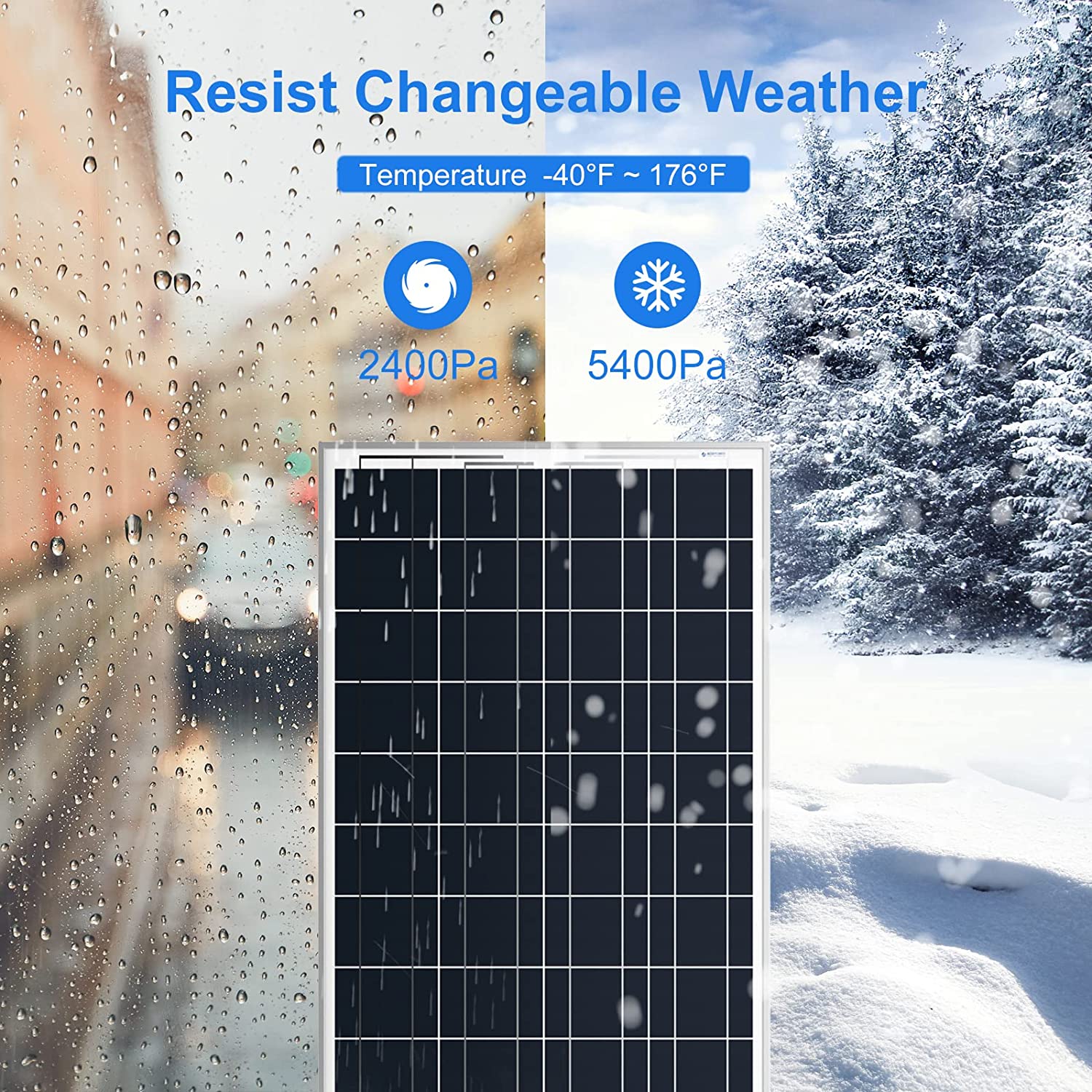
The Ideal Direction for Solar Panels
Installing your solar panels in the ideal direction and angle can be beneficial in producing a lot of free energy because they depend on sunlight. So, you need to pick the right position for your solar energy system. This is as crucial as picking the panels you want for your solar system installation. Continue reading to know what you need to consider when choosing the right direction for your solar panels.
Orientation
Location is the determinant of the right direction for solar panels. People living in the Northern Hemisphere have to place their solar panels in the south. For those in the Southern Hemisphere, it should be installed in the north. The reason for this is the sun sets off in the south in the Northern Hemisphere and the sun sets off in the north in the Southern Hemisphere.
Many solar experts say that if you’re in an area where there are higher charges in the late afternoon or early evening, it’s recommended that your solar panels are installed in the southwest. You’ll benefit from this since you can generate your solar energy when the sun sets and avoid using electricity from peak times when utility charges are higher.
For those who want a solar energy system for their homes in the Southern Hemisphere, panels facing north will benefit them since the direction of the sun moves north. This will allow them to take advantage of solar energy for the whole day. But, it should be kept in mind to position solar energy systems through longitude lines seen on a map instead of a compass.

Angle
Now, you understand how crucial the correct orientation is for your rooftop. However, having the right angle is also very important to take advantage of solar energy in your home. Picking the right angle makes it possible for you to have ample light for an entire day.
If you have a flat root, you’ll receive about 15% less energy in general when you put solar panels compared to tilted roofs. You’ll get more during summer but less in winter. Also, you can have issues during rainy days since some tilt is required so that water can flow out of the panels. Since the rain won’t be able to clean them, you need to do more maintenance.
In winter, snow can slide more easily down your solar panels if there’s a proper angle. Snow buildup on panels with low tilt can lessen or completely prevent sunlight from coming in contact with solar panels. At least a 10-degree tilt in your home is required to get the maximum energy production in an entire year. Solar roofs installed on low tilt can collect more debris and dirt which can block sunlight.
